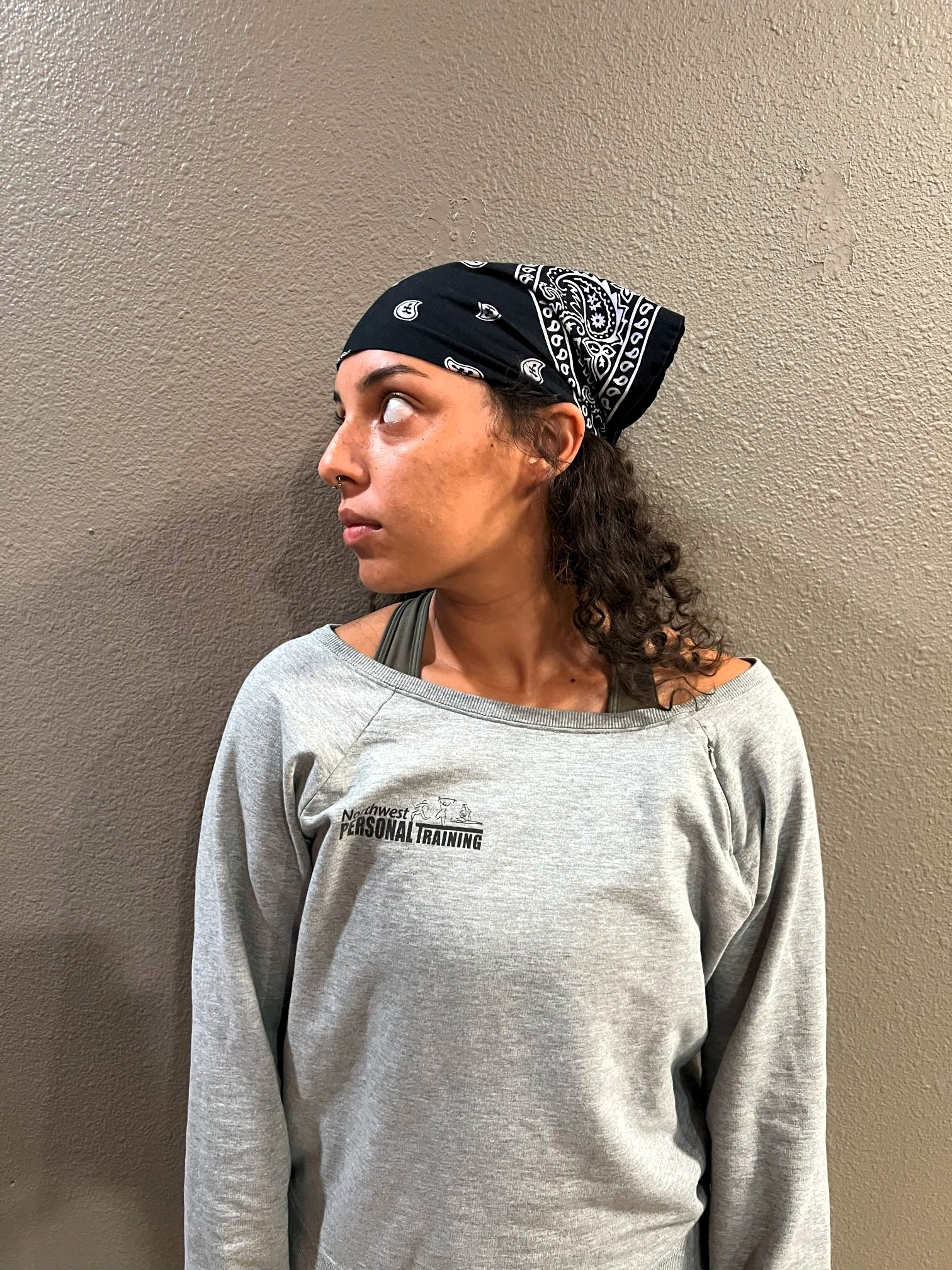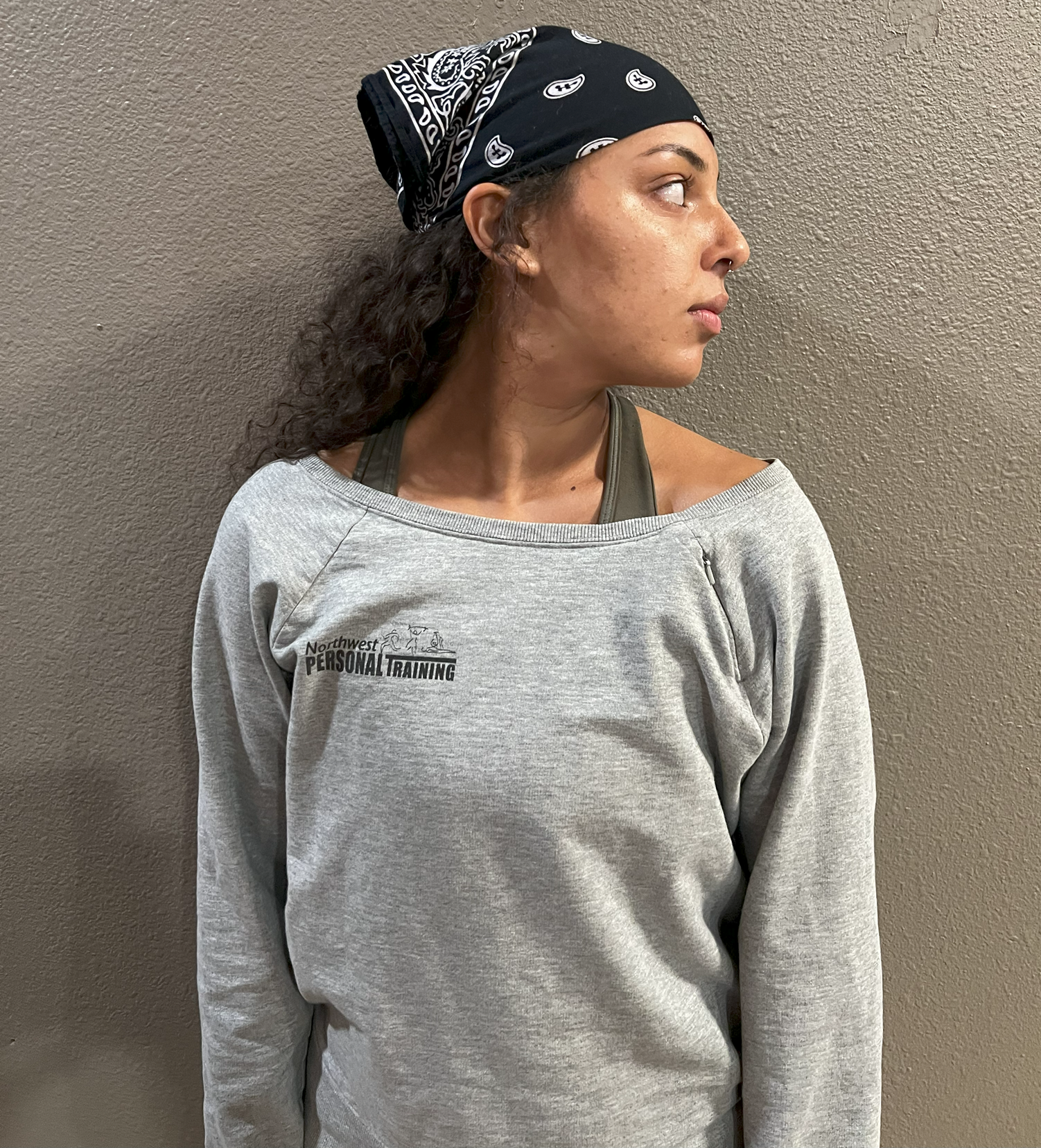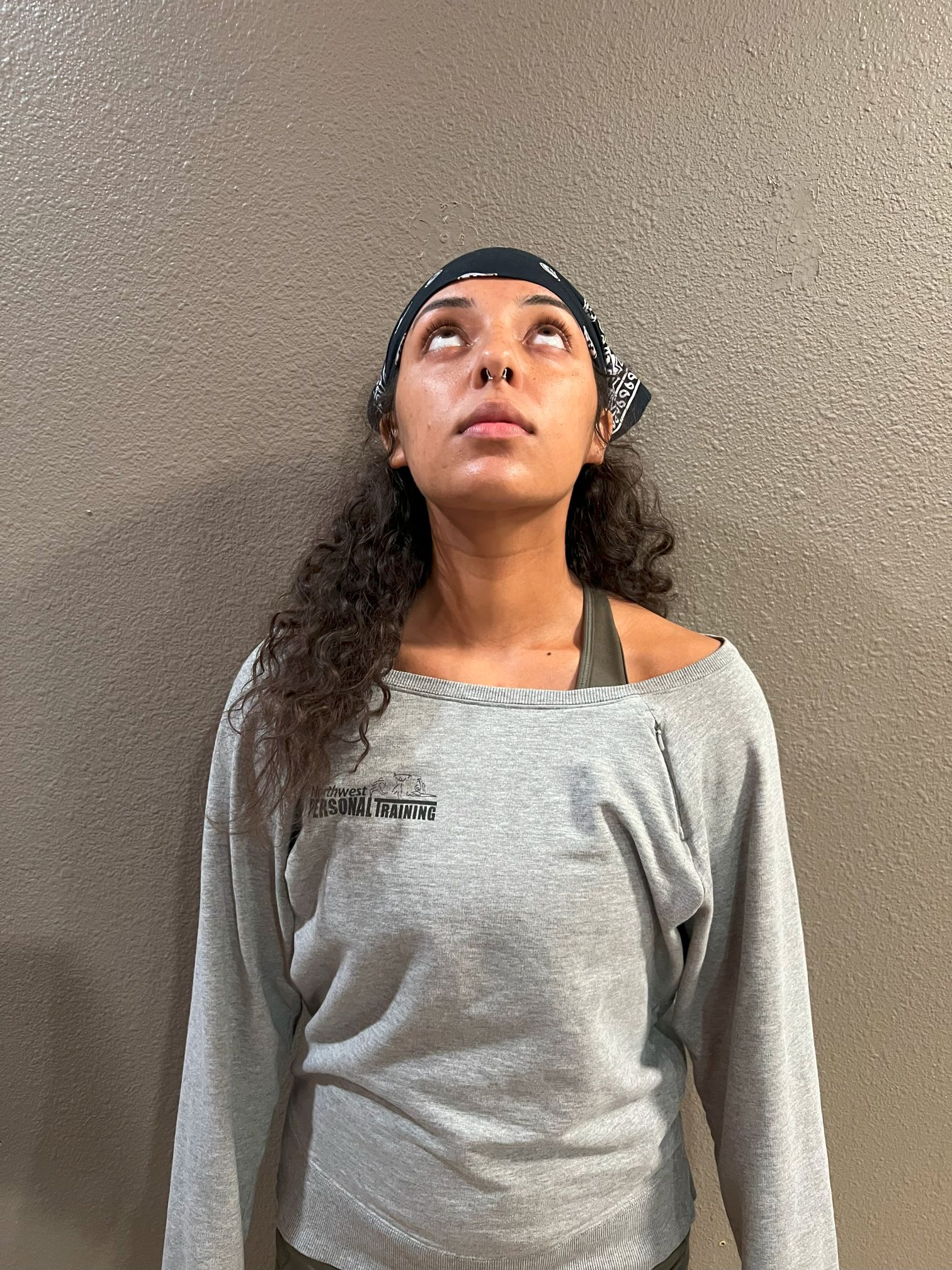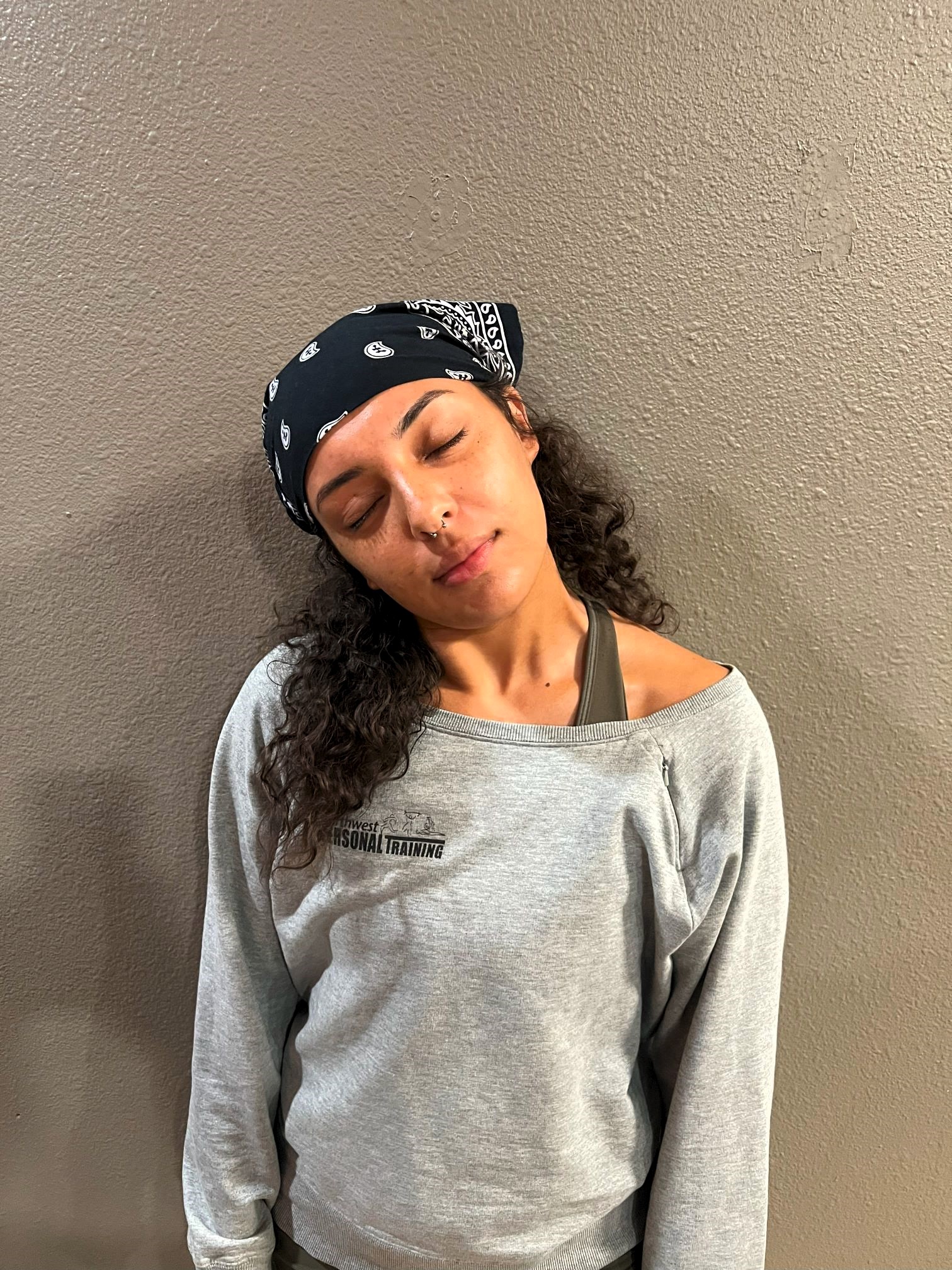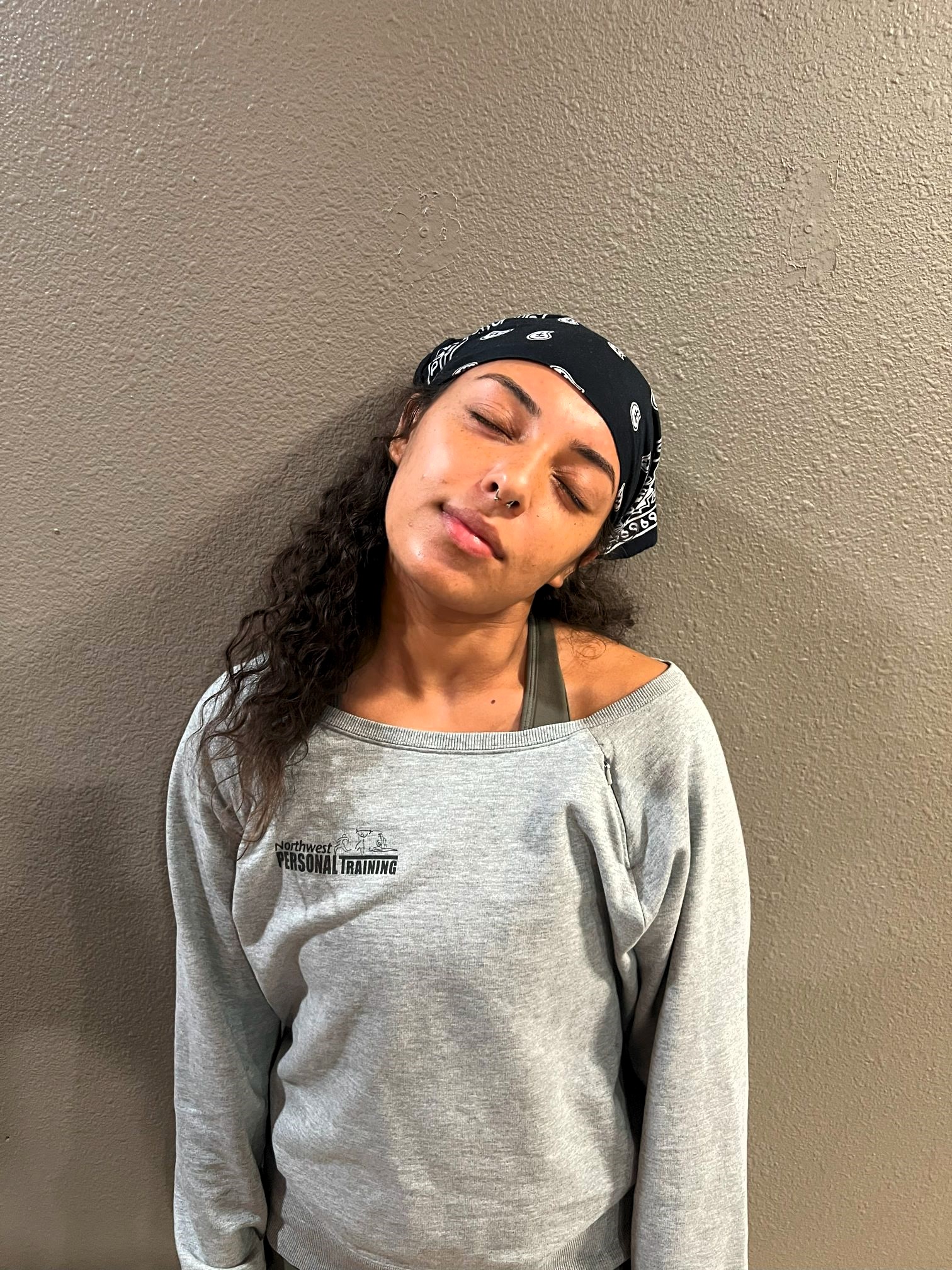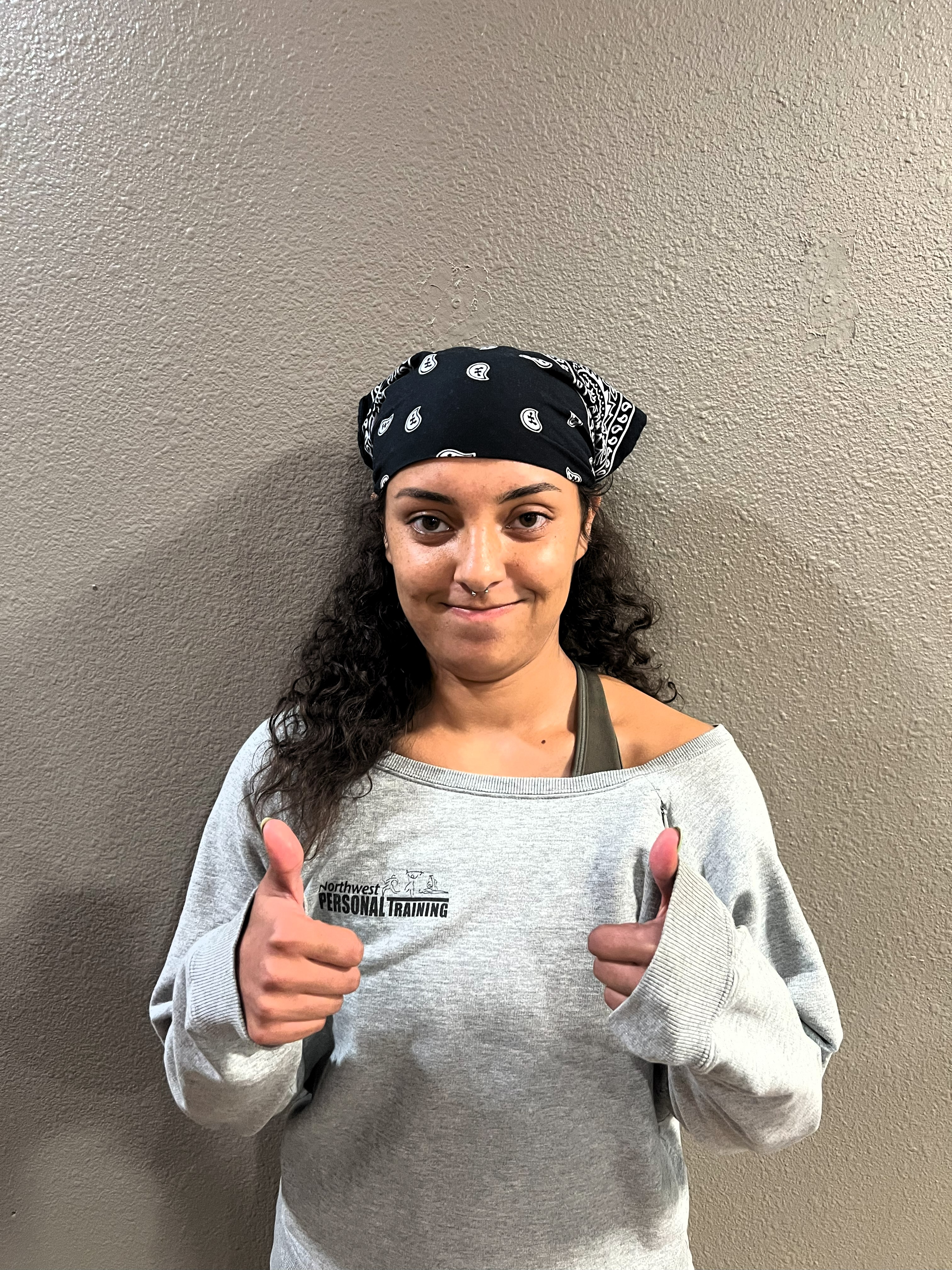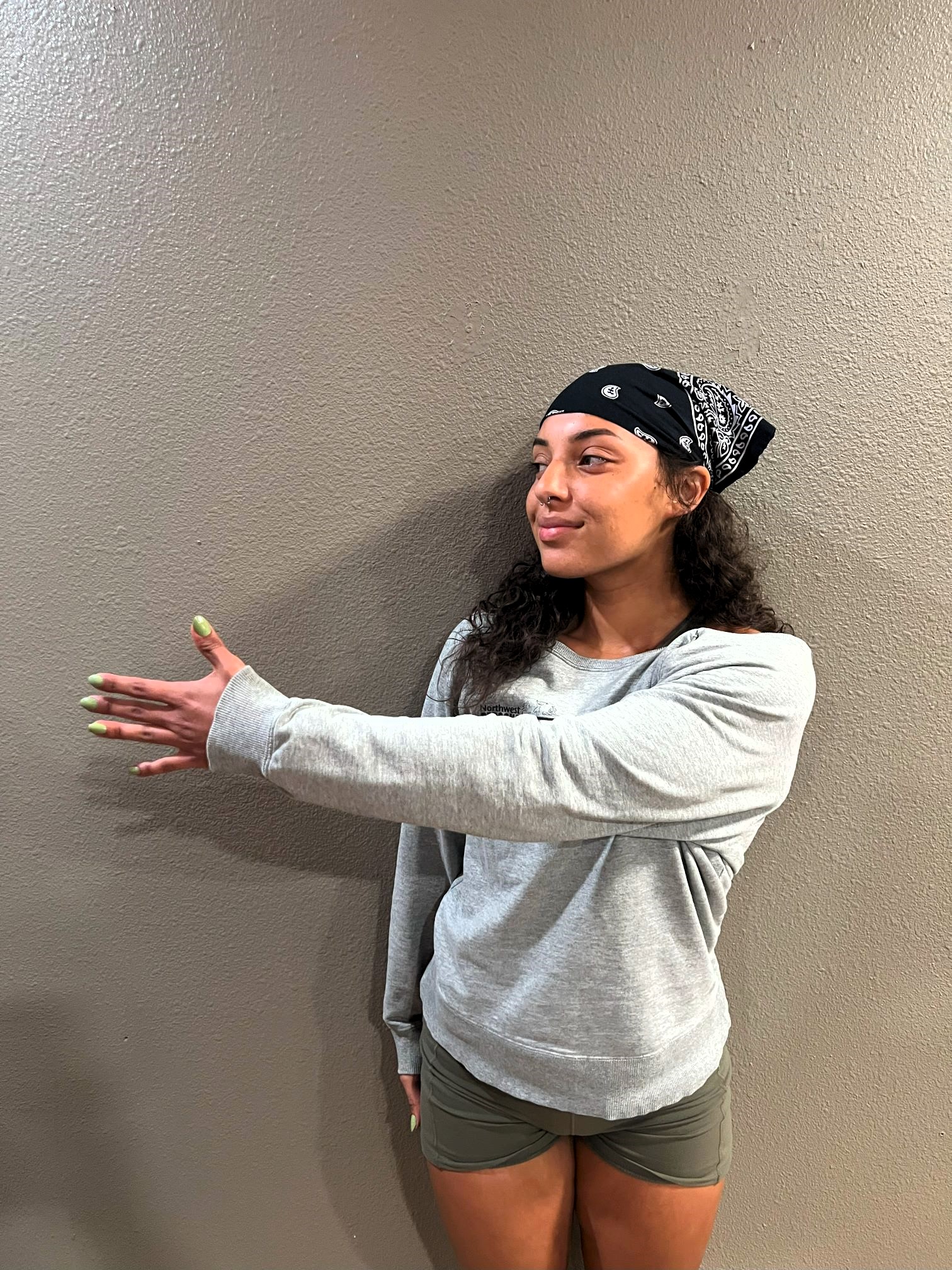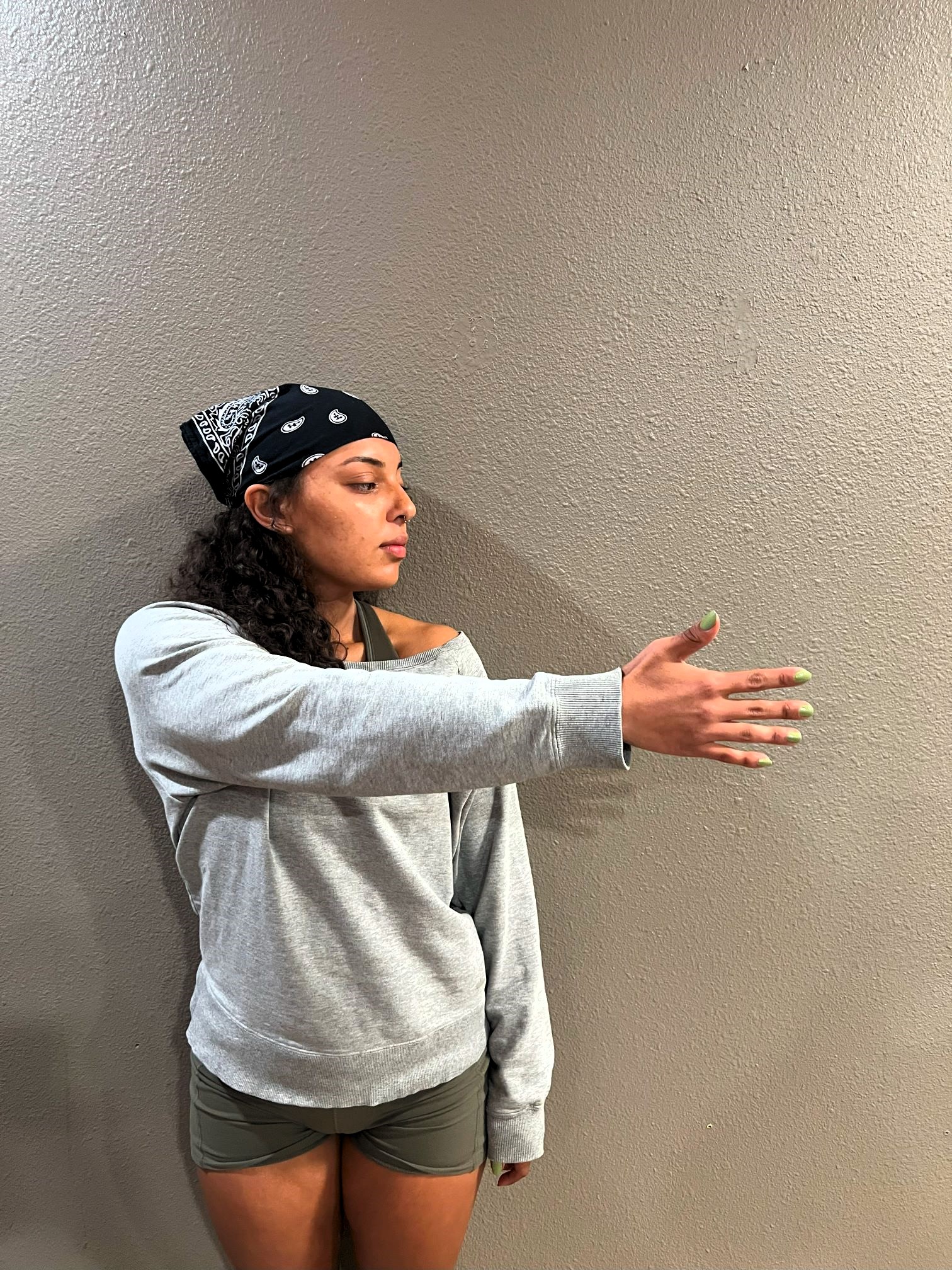Neck Mobility
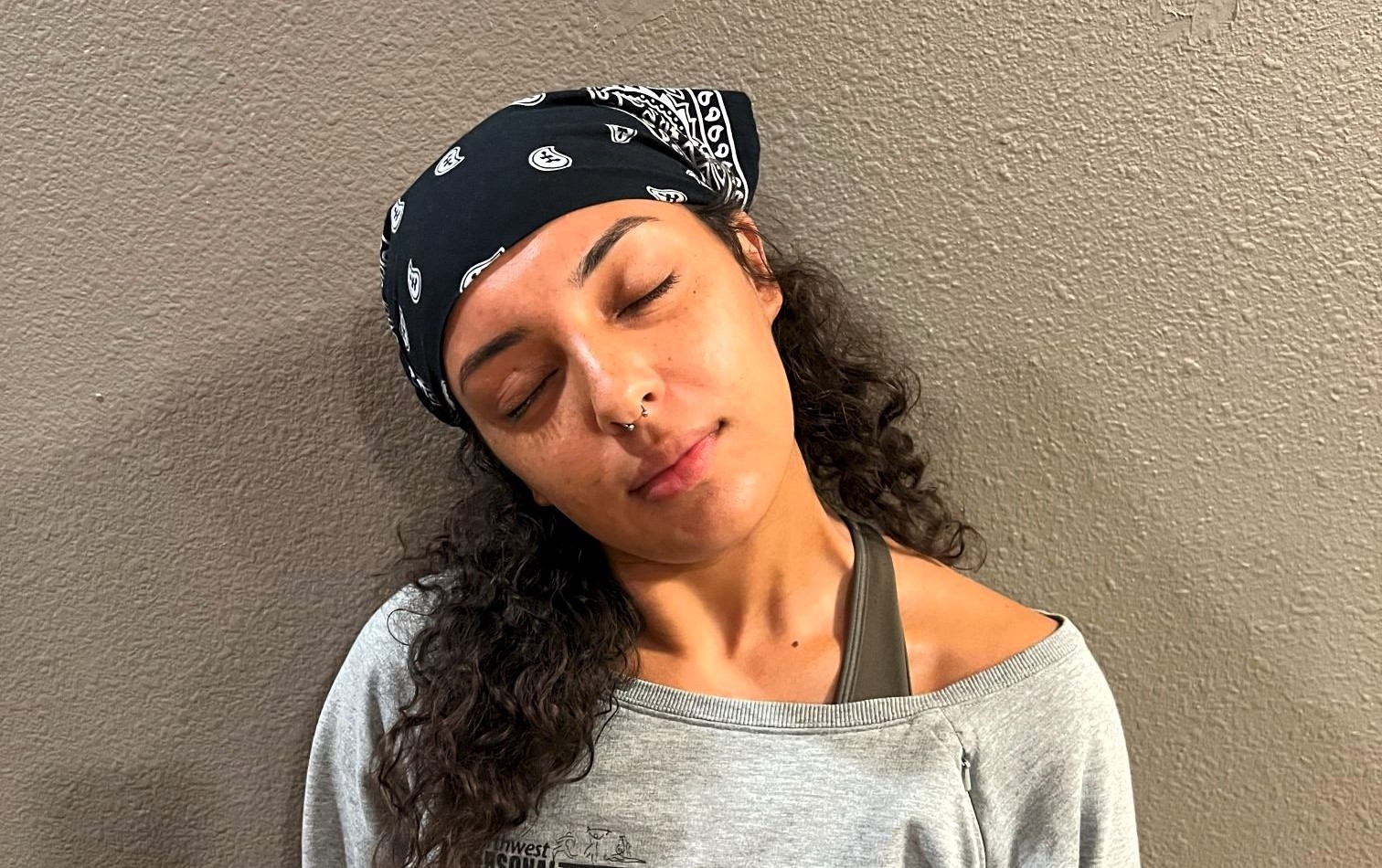
Most don’t consider the importance of neck mobility until they’ve lost it. If you’ve ever woken up with a kink in your neck that limits your ability to turn your head, you’ll understand how important normal neck range of motion is to so many daily tasks like driving, looking up, turning your head to talk to someone or to just safely cross the street.
Since many of us spend so much more time hunched over our laptops, Ipads and cell phones, it’s easy to understand why so many people experience headaches and neck pain. Poor posture places excessive stress on your muscles, tissues, and joints which can result in a tight, sore and stressed body.
Neck pain is a common complaint affecting people of all ages and can significantly limit range of motion and quality of life. The neck, or cervical spine, is a complex structure of muscles, bones, and nerves that supports the head’s movement and stability. Regular exercises designed to improve neck range of motion can play a crucial role in relieving pain and preventing future stiffness. This becomes particularly important as we age since joint stiffness and muscle tightness tend to worsen as we get older.
Effective Exercises for Neck Range of Motion
Incorporating gentle neck stretches and mobility exercises into your routine can alleviate tension and improve flexibility.
Neck Rotations Side to Side
Sit or stand with good posture. Slowly turn your head to the right, hold for a breath. Repeat on the left side. Continue for 30 seconds – 2 minutes.
Neck – Up & Down Movement
Sit or stand with good posture. Slowly drop your chin toward your chest, hold for a breath, then gently lift your chin toward the ceiling. Continue for 30 seconds – 2 minutes.
Ear to Shoulder Neck Stretches
While seated or standing with good posture, gently tilt your head to one side, bringing your ear toward your shoulder. Hold for a breath and then repeat the other side. Continue for 30 seconds – 2 minutes.
Chin Tucks
Sit or stand upright and gently pull your chin back as if making a “double chin.” Keep your chin level. Hold for a breath and then release. Continue for 30 seconds – 2 minutes.
Wall Touches
Stand with your back to a wall. Maintain an elongated spine and a strong and active core and slowly turn your upper body to look over one shoulder and reach towards the wall with your opposite arm. Continue for 30 seconds – 2 minutes.
Neck pain is often the result of poor posture and limited mobility. By incorporating regular neck exercises, you can not only relieve pain but also improve your range of motion, improve your ability to function, and prevent future discomfort.
Yours in health & fitness,
Sherri McMillan

